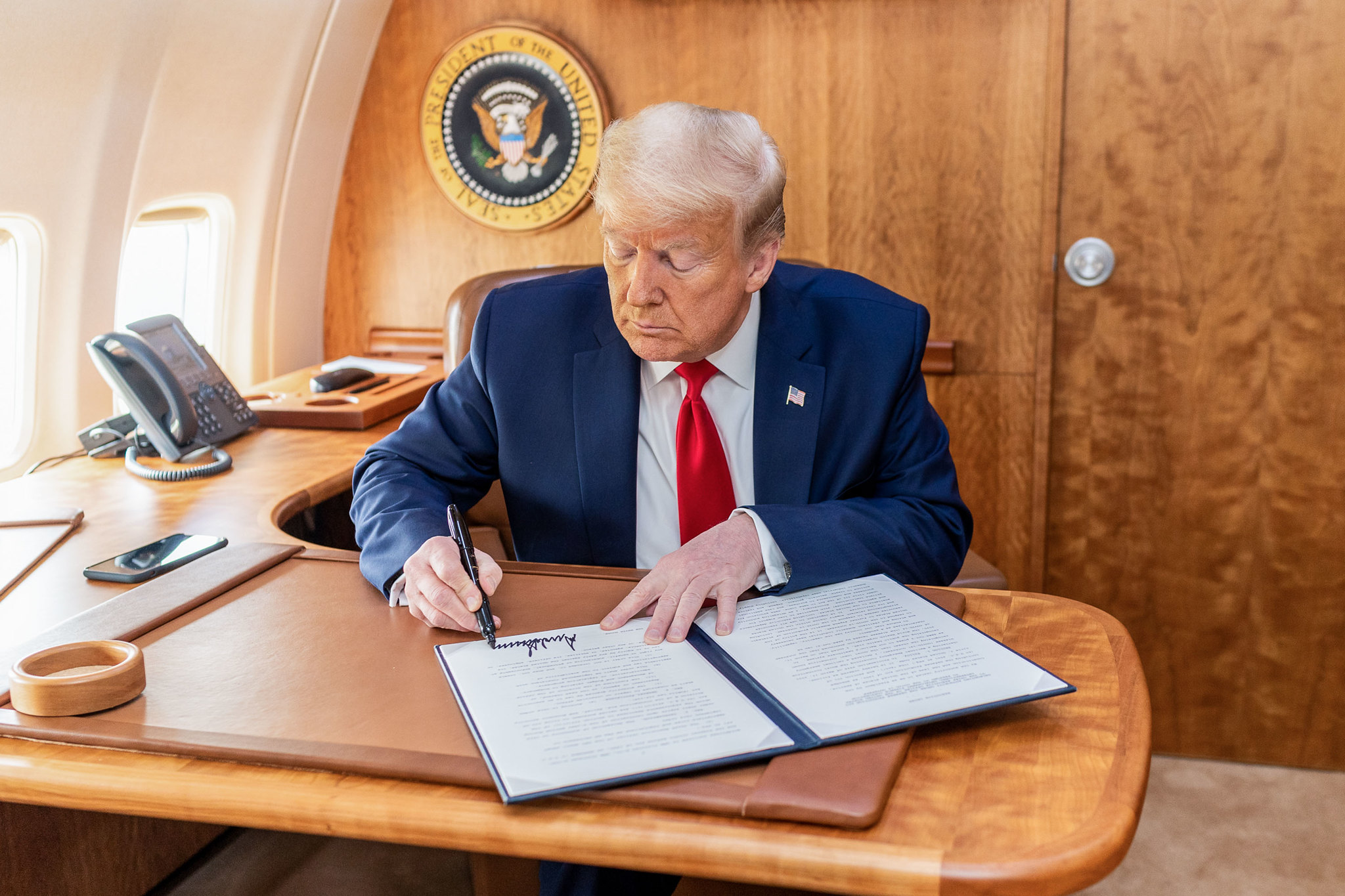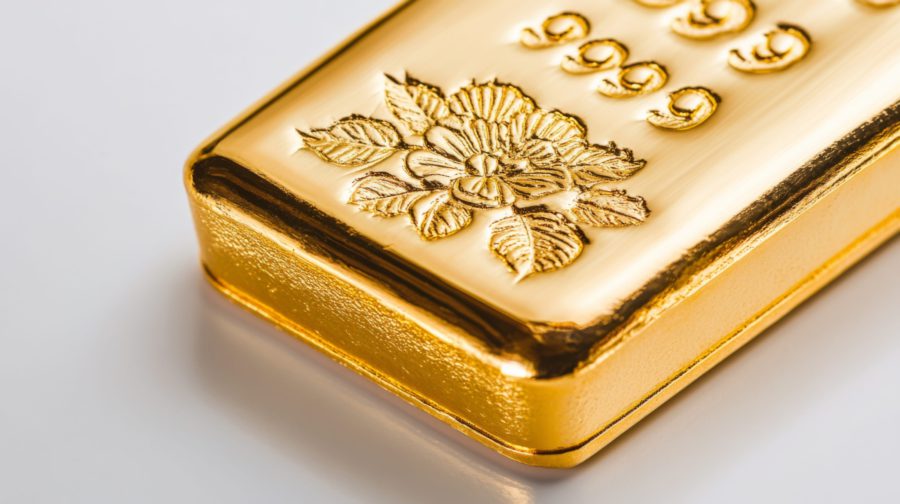Gold & silver: don’t call It a comeback story
After several months of lackluster returns, precious metals have recently surged higher. Gold and silver have been performing like they both have something to prove. While some may be quick to label their rise as a comeback story, investors should keep in mind that the safe-havens never truly lost their glitter. Nothing has changed in the world of insolvent countries and bailout programs.
Last week, Mario Draghi, president of the European Central Bank, gave the latest sign that central banks will do whatever it takes to extend and pretend. He announced an unlimited bond purchasing program called “Monetary Outright Transactions.” The ECB will direct its attention on the secondary sovereign bond market in order to bring down yields of debt ridden eurozone countries. It will buy bonds with maturities of up to three years, and the buying will supposedly be sterilized. “We need to be in a position to safeguard the monetary policy transmission mechanism in all countries of the euro area,” Mr. Draghi said, repeating that the ECB would stay “firmly within our mandate” of keeping stable prices, according to Bloomberg.
The Draghi announcement sent Spanish yields to three-month lows and European banking stocks higher, but this is not a long-term solution. Adding liquidity to an insolvency crisis only provides temporary relief. Jim Rogers, legendary investor and co-founder of the Quantum Fund, recently explained on CNBC, “These guys have been saying the same old garbage for a long time. It’s not a game-changer – it’s good for the market for maybe a month. The debt keeps going higher and higher and eventually we’ll all going to pay a terrible price.” He goes on to say that if the world economy does not get better, central banks are going to print money. “It’s the wrong thing to do, but it’s all they know to do.
In addition to the eurozone, China, the world’s second largest economy, also approved plans to spend $156 billion on infrastructure projects. President Hu Jintao noted the need to upgrade infrastructure to provide stable growth and help aid an economic recovery. He also warned that the financial crisis is far from being over. Aside from stimulus measures, China is also looking to precious metals to protect itself from the ongoing global turmoil. According toGoldCore, China purchased 75.8 tonnes of gold in July, almost double the amount from last year. Gold shipments from Hong Kong to China increased to almost 460 tonnes in the first seven months of 2012, compared to only 103 tonnes during the same period in 2011.
After hitting record highs last year, gold and silver pulled back to about $1,525 and $26, respectively. However, this is not the first sharp correction the precious metals have experienced during their bull market run over the past decade. At the beginning of the financial crisis in 2008, gold fell from $1,000 to $700 per ounce, while silver plunged from $21 to $9 per ounce. In 2006, gold stumbled from $725 to $570 per ounce and silver fell from $15 to $10 per ounce. In both cases, it took the precious metals more than a year to fully recover from the sell-offs.
As long as the balance sheet fundamentals of central banks and nations remain in worrisome condition and fiat currencies continue to lose their role as a store of value, pullbacks in precious metals should be seen as healthy consolidation needed to shake out the weak hands and build a launch pad for higher prices.
More News
Trump planning to stockpile deep-sea minerals to counter China: FT
April 13, 2025 | 07:56 am
Goldman Sachs upgrades gold forecast again to $3,700
April 12, 2025 | 08:05 pm
{{ commodity.name }}
{{ post.title }}
{{ post.date }}




Comments